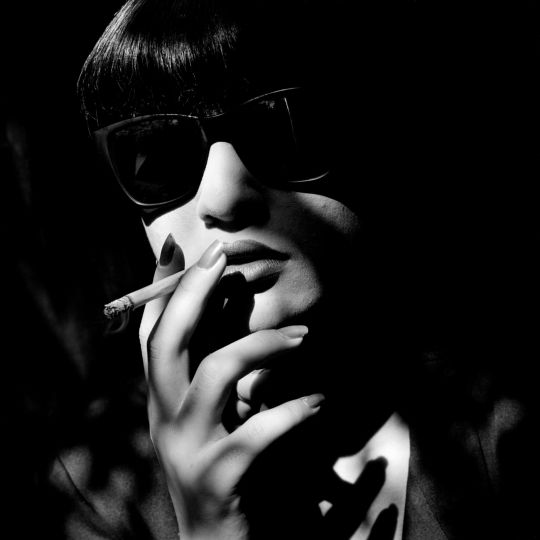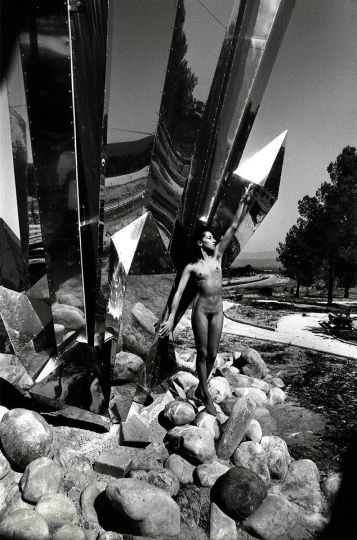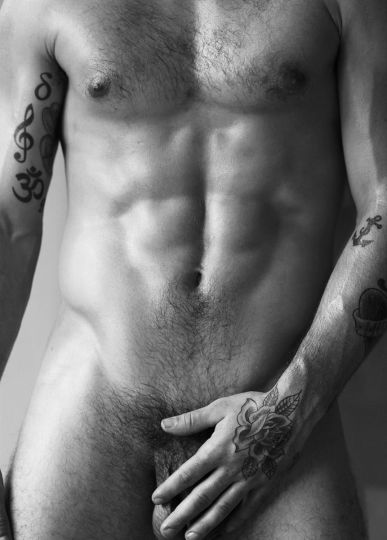The Galerie Vrais Rêves presents the exhibition Ionesco : Éternelle. Rémy Mathieu is the author of the following text.
Irina Ionesco passed away in July 2022. But artists never completely die, we still have their works, as long as they are preserved. And even if their identity is diluted over time, the main thing remains: what could be called “the soul”.
From Irina Ionesco, some will remember the legal-family episode that cannot be ignored. For others, it will be the asserted or underlying eroticism in all of her work, the exaltation of the image of women, the search for her own identity as a woman and artist. We will also remember her attempt at resilience with her most introspective work “Baby Jane”.
This exhibition, presented by the Vrais-Rêves gallery this fall, is not a retrospective, but more a tribute to this artist whom we have supported for many years. “Les Immortelles” in 1992 with the complicity of Christiane Regnault, “Kafka or the passer-by from Prague” and “Baby Jane” the same year, “Irina Ionesco, her world and fashion” in 2013, “100,000 years of beauty” in 2019.
Made up of images on deposit at the gallery and loans from private collectors, this exhibition is likely to evolve depending on current contacts.
This is what Irina Ionesco told me a few months ago.
Of course, every photograph contains within itself a part of its author, whatever the subject represented, like any work, whether visual, literary, or musical. It may even be a sine qua non condition to obtain this status. But there is much more to this statement than that.
Indeed, the mirror does not just reflect whoever appears before it, it also reflects everything that is around and behind it, in this case everything that is behind the photographer: her past, her youth, her childhood, her past lives with their procession of carefreeness, joys, sorrows, dramas and suffering. For Irina, this is a real existential claim. Thus, as a sinner attracting bourgeois and outdated fantasies into her net, as a veiled or masked woman leaving a scent of oriental mystery, as a harnessed warrior holding ferocious and purring cats on a leash, as a little girl lost in the twists and turns of a fantastic, and phantasmagoric story which surpasses her, as a lascivious odalisque subjected to the gaze of men in search of exotic eroticism, as a queen reigning unchallenged over a court subject to her velvet will. It’s always about Irina, in an offbeat self-portrait, by proxy. She simply uses her models as actors, as doubles of herself, as extensions of herself, allowing her to be at the same time in front of, behind and in this mirror which could be Alice’s. Irina does not play a role, but remains precisely herself in her singularity and plurality, with the appearance of another.
If these photographs, commissioned works, intended for magazine illustration, ultimately tell us about something other than fashion, clothing, jewelry and accessories, it is because it is a pretext, as very often in matters of creation, pretext to talk about Women, beauty, fantasy, eroticism, sensuality, and especially Irina Ionesco herself. It is therefore almost carte blanche that is offered to her. Such initiatives are laudable in more than one way: firstly because they allow artists to live, to exist, to share, to distribute their work, but also for the public who can thus discover, flourish, grow, evolve. Art is not a luxury that a society can do without without risking regression and decay.
Rémy Mathieu, August 2013.
Irina Ionesco
Born in 1935, died in 2022 in Paris. Of Romanian parents, Irina Ionesco left France at the age of four to join her grandmother in Constanza in Romania. She returned to Paris in 1948, fleeing the Soviet occupation. At the age of sixteen, she started dancing and performed a contortionist act accompanied by snakes on the stages of all the major cities in Europe. In 1958, forced to abandon this life as an acrobat, she began to draw and paint. It was in 1964 that her friend the painter Corneille gave her a camera. This is how Irina begins to photograph places that have been inhabited by women who would be her double. She photographs the women she met and her daughter Eva. In 1974, her exhibition at the Nikon Gallery in Paris caused a sensation, a real starting point for a career rich in exhibitions and publications. In 1984, Irina embarked on introspective work by projecting herself in Robert Aldrich’s film “Whatever Happened to Baby Jane”, a work presented for the first time at the Galerie Vrais Rêves in 1992.
Irina Ionesco : Éternelle
Until November 4, 2023
Galerie Vrais Rêves
6, rue Dumenge
69004 Lyon – France
www.vraisreves.com
















